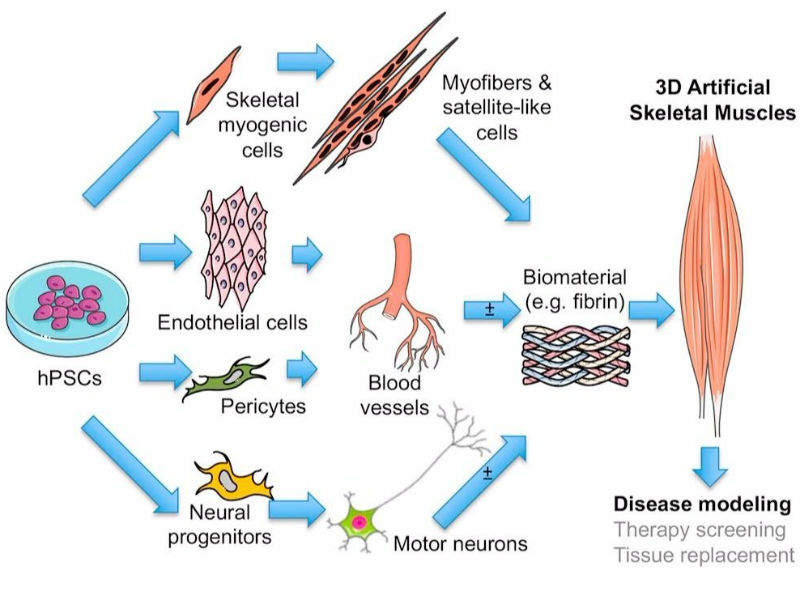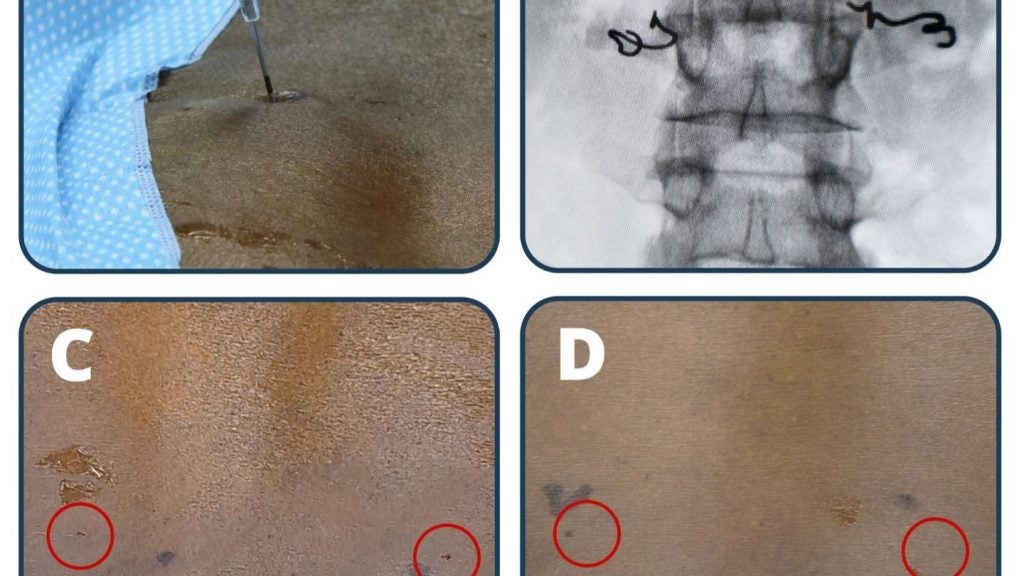
Research led by University College London in the UK suggests that artificial muscles grown from human stem cells could be the future for treating muscle diseases.
The study found that 3D artificial muscles can be generated from both the healthy and diseased stem cells of patients with different types of muscular dystrophies.
The artificial muscles can accurately model severe genetic muscle diseases. This allows for the testing of different types of therapies on human cells that have the same characteristics as the individual patient, which could lead to more personalised treatment options.
UCL’s Dr Francesco Saverio Tedesco said: “Our work shows that we can make patient-specific mini-muscles in the lab and those artificial muscles show distinctive features of some forms of severe muscle diseases.
“Notably, the stem cell technology utilised to produce those muscle allows us to generate a virtually unlimited number of muscles in the lab and to have them combined with other cell types of the same patients which are very difficult to obtain otherwise, such as motor neurons.”
The scientists grew the artificial muscles from the cells of patients with different forms of muscular dystrophy, including Duchenne, limb-girdle, and congenital muscular dystrophies.
How well do you really know your competitors?
Access the most comprehensive Company Profiles on the market, powered by GlobalData. Save hours of research. Gain competitive edge.

Thank you!
Your download email will arrive shortly
Not ready to buy yet? Download a free sample
We are confident about the unique quality of our Company Profiles. However, we want you to make the most beneficial decision for your business, so we offer a free sample that you can download by submitting the below form
By GlobalDataThe skin cells were turned into human induced pluripotent stem cells. These stem cells can be grown indefinitely in a laboratory and induced to generate muscle cells and other important cells present in muscle such as blood vessel cells and motor neuron cells.
Tedesco added: “Our findings are expected to facilitate development of therapies for incurable forms of muscular dystrophy by providing a novel way to test treatments in a personalised fashion and on multiple cell types at the same time. They could also help in developing artificial muscles for tissue replacement.”





